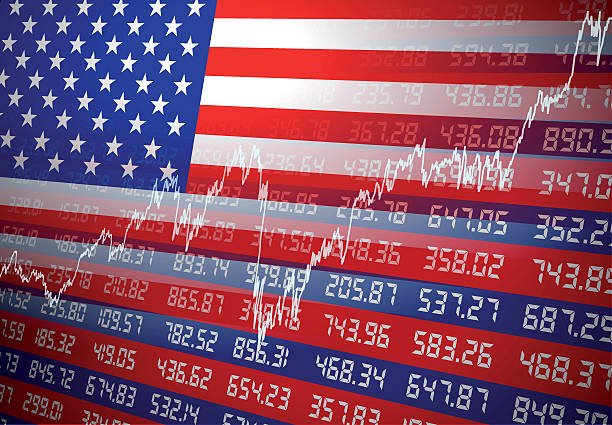Monday marked the final trading day of the quarter, and U.S. stocks faced significant losses. Both the S&P 500 and Nasdaq Composite ended their five-quarter winning streaks, suffering their worst three-month declines since 2022. The Nasdaq remains in correction territory, down more than 10% from its recent peak, signaling ongoing market volatility.
The turmoil isn’t expected to end soon. Starting Wednesday, U.S. President Donald Trump will implement reciprocal tariffs on “all countries,” a move he’s termed “liberation day.” However, many analysts aren’t as optimistic about the implications of these tariffs. Goldman Sachs, for instance, has downgraded its U.S. economic growth forecast and raised its inflation expectations for 2025. The investment bank warned that the country could face stagflation—where high inflation and stagnant economic growth occur simultaneously—or even a recession.
Goldman Sachs also lowered its projections for the S&P 500, reflecting the heightened economic risks tied to the tariff policy. As the second quarter begins, investors are bracing for more turbulence, especially as the impact of these tariffs on consumer prices, corporate earnings, and global trade remains uncertain. With inflationary pressures building and economic growth showing signs of slowing, the outlook for the stock market remains shaky.
As the uncertainty surrounding trade policies continues to affect investor sentiment, analysts warn that the second quarter could be even more challenging than the first. The market will need to navigate both domestic policy shifts and broader global economic pressures, making it a treacherous time for investors.






